- 82
- 260
Click on images for full quality
Figure 1. An unusual suicide using a crossbow. The bolt remained in situ (in place) after removal of the skull cap and brain
A suicide using a chainsaw to cut into the right side of the face
Another suicide in which a chainsaw was applied to the front of the neck
A suicide with the knife left in the body. This form of suicide is sometimes incorrectly referred to as ‘‘hari kari''; however, this traditional form of Japanese suicide, also known as ‘‘seppuku'' or ‘‘cutting the belly,'' involves ritual disembowelment
The knife remained in situ (in place) within the chest in this case which also turned out to be a suicide
A suicidal hanging death utilizing a chain as the ligature
An x-ray of the case shown in 6A
A container of cyanide used in a suicidal ingestion case (Courtesy of the Dallas County Medical Examiners Office, Jeffrey J. Barnard, Chief Medical Examiner)
Gastric (stomach) mucosa hemorrhage in a case of cyanide poisoning (Courtesy of the Dallas County Medical Examiners Office, Jeffrey J. Barnard, Chief Medical Examiner)
Suicide victims who drown sometimes tie themselves to weights. In this case, a cement block has been tied to the body with plastic garbage bags. This has to be differentiated from situations where weights have been used to sink the body of
a homicide victim
A complex suicide by electrocution using a timer and a variety of electrical contacts taped to the body
Sources
Prahlow, J. A., & Byard, R. W. (2012). Atlas of Forensic pathology. Humana Press.
CATANESE, C. (2016). Color atlas of forensic medicine and pathology. CRC PRESS.
Geberth, V. J. (2006). Suicide Investigation. In Practical homicide investigation: Tactics, procedures, and forensic techniques (p. 408-409). CRC Press.
- 106
- 242
- Part #1 (Aftermath Video): https://watchpeopledie.tv/h/child/post/10540/childwarning-excop-killed-22-children-in
The last 2 Pictures of the Slideshow are showing the dead killer with his wife and son.
https://www.npr.org/2022/10/06/1127160766/dozens-killed-child-care-center-thailand
"BANGKOK — A former police officer opened fire Thursday in a day-care center in northeastern Thailand, killing 34 people — 22 of them children, police said.
Authorities identified the shooter as Panya Kamrap, 34, a former police officer who was dismissed after being caught with amphetamines. After the attack, he fatally shot his wife, his child and himself, officials said. [...]"
- 84
- 227
Jeffrey dahmer aka the Milwaukee cannaibal/monster was a American serial killer that went after young black males he sexually assaulted his victims and dismembered them he killed up to 17 men between 1978 and 1991 he died on 28 of November 1994 after being beaten to death by Christopher scarver one of the imates that we're working the same prison Job as dahmer
- 83
- 216
Despite its whimsical name, ‘Rainbow Valley' is a positive spin on a rather grim area on the northeast slopes of Everest. named for the multicolored down jackets and climbing gear attached to the numerous corpses littered along the hillside. Also called the ‘Death Zone,' Rainbow Valley is an area underneath Everest's northern ridge dotted with dead bodies.
Unfortunately, people die on Mount Everest every year, and Rainbow Valley has become a graveyard to over 200 bodies today.
Green Boots is the body of an unidentified climber that became a landmark on the main Northeast ridge route of Mount Everest. The body has not been officially identified, but is believed to be Tsewang Paljor, an Indian climber who died on Everest in 1996. The term Green Boots originated from the green Koflach mountaineering boots on his feet. All expeditions from the north side encountered the body curled in the limestone alcove cave at 8,500 m (27,900 ft), until it was moved in 2014.
Green Boots joined the ranks of roughly 200 corpses remaining on Everest by the early 21st century. It is unknown when the term "Green Boots" entered Everest parlance. Over the years it became a common term, as all the expeditions from the north side encountered the body of the climber curled up in the limestone alcove cave. The cave is at 27,890 feet (8,500 m) and is littered with oxygen bottles. It is below the first step on the path.
Another fallen climber who earned a nickname, "Sleeping Beauty", is Francys Arsentiev, who died in 1998 during an unsuccessful descent from Everest after summiting. Her body remained where she fell and was visible until 2007, when it was ceremonially hidden from view. Francys Arsentiev (January 18, 1958 – May 24, 1998. became the first woman from the United States to reach the summit of Mount Everest without the aid of bottled oxygen, on May 22, 1998. She then died during the descent. On the morning of May 24, Briton Ian Woodall, South African Cathy O'Dowd, and several more Uzbeks encountered Francys Arsentiev while on their way to the summit. She was found where she had been left the evening before. Sergei Arsentiev's ice axe and rope were identified nearby, but he was nowhere to be found. Both Woodall and O'Dowd called off their own summit attempts and tried to help Francys for more than an hour, but because of her poor condition, the perilous location, and freezing weather, they were forced to abandon her and descend to camp. She died as they found her, lying on her side, still clipped onto the guide rope. She was aged 40, with one son. Her corpse had the nickname "Sleeping Beauty".
The mysterious disappearance of her husband was solved the following year when Jake Norton, a member of the 1999 "Mallory and Irvine" expedition, discovered Sergei's body lower on the mountain face, apparently dead from a fall while attempting to rescue his wife.
https://www.facebook.com/upsocltheenigma/videos/573873000701696
Yet another named corpse is that of Hannelore Schmatz, who, with a prominent position on the south route, earned the moniker "the German woman"; she summited in 1979 but died at 8,200 metres (27,000') altitude during her descent. She remained there for many years but was eventually blown further down the mountain. Hannelore Schmatz (16 February 1940 – 2 October 1979. was a German climber and the fourth woman to summit Mount Everest. She collapsed and died as she was returning from summiting Everest via the southern route; Schmatz was the first woman and first German citizen to die on the upper slopes of Everest. Schmatz was on an expedition via the South East Ridge route with her husband, Gerhard Schmatz, when she died at 8,300 metres (27,200 ft). Gerhard Schmatz was the expedition leader, then 50 years of age, and the oldest man to summit Everest. On the same expedition was the American Ray Genet, who also died while descending from the summit. Exhausted from the climb, they had stopped to bivouac at 28,000 feet (8,500 m) as the night approached, despite their Sherpa guides urging them not to stop. Ray Genet died later that night and both the Sherpa and Schmatz were distressed but decided to continue their descent. Then at 27,200 feet (8,300 m) Schmatz sat down, said "Water, Water" to her Sherpa and died. Sungdare Sherpa, one of the Sherpa guides, remained with her body, and as a result, lost most of his fingers and toes.
Genet's body ultimately disappeared under the snow, but Schmatz's body remained where she died on the mountain.
For years, Schmatz's remains could be seen by anyone attempting to summit Everest by the southern route. Her body was frozen in a sitting position, leaning against her backpack with eyes open and hair blowing in the wind, about 100 metres (330 ft) above Camp IV.
During a 1981 expedition Sungdare Sherpa was the guide again for a new group of climbers. He had refused at first due to losing his fingers and toes during the 1979 expedition but was paid extra by climber Chris Kopcjynski. During this climb down as they passed Schmatz's body, Kopcjynski was shocked, thinking it was a tent and stated "We did not touch it. I could see she had on her watch still."
In 1984, police inspector Yogendra Bahadur Thapa, 36, and his guide, Ang Dorjee, 35, fell to their death while trying to recover Schmatz's body on a Nepalese police expedition.
British mountaineer Chris Bonington spotted Schmatz from a distance in 1985, and initially mistook her body for a tent until he got a closer look.
Lene Gammelgaard, the first Scandinavian woman to reach the peak of Everest, quotes the Norwegian mountaineer and expedition leader Arne Næss Jr. describing his encounter with Schmatz's remains, in her book Climbing High: A Woman's Account of Surviving the Everest Tragedy (1999), which recounts her own 1996 expedition. Næss' description is as follows:
"It's not far now. I can't escape the sinister guard. Approximately 100 meters (300') above Camp IV she sits leaning against her pack, as if taking a short break. A woman with her eyes wide open and her hair waving in each gust of wind. It's the corpse of Hannelore Schmatz, the wife of the leader of a 1979 German expedition. She summited but died descending. Yet it feels as if she follows me with her eyes as I pass by. Her presence reminds me that we are here on the conditions of the mountain."
The wind eventually blew Schmatz's remains over the edge and down Kangshung Face
In 2006, British mountaineer David Sharp was found in a hypothermic state in Green Boots' Cave by climber Mark Inglis and his party. Inglis continued his ascent after radioing for advice on how to help Sharp, which he was unable to provide. Sharp died of extreme cold some hours later. Approximately three dozen other climbers would have passed by the dying man that day; it has been suggested that those who noticed him mistook Sharp for Green Boots and therefore paid little attention.
David Sharp (15 February 1972 – 15 May 2006. was an English mountaineer who died near the summit of Mount Everest. His death caused controversy and debate because he was passed by a number of other climbers heading to and returning from the summit as he was dying, although a number of others tried to help him.
Like Francys and Sergei, David Sharp was climbing Mt Everest without a support team and without the aid of bottled oxygen. It's believed he made it to the summit on May 14th 2006, but on his way down fatigued and confused he stopped and sat down in what, since 1996, has been known as “green boots cave”.
Around 40 climbers from several expeditions are reckoned to have passed Sharp on their way up the mountain on the 15th. Kiwi double amputee Mark Inglis' climbing party stopped and realized Sharp was in trouble. Yet no significant attempt was made to rescue him until the climbers passed him again on the way down some nine hours later.
By this point Sharp was beyond help, and he died frozen in the position he'd sat down in, arms huddled around his knees.
other climbers maintained that they believed Sharp was beyond help on the way up, which may have been true, but controversy surrounds the incident. Sir Edmund Hillary himself criticized his fellow kiwi, telling the New Zealand Herald: “If you have someone who is in great need and you are still strong and energetic, then you have a duty, really, to give all you can to get the man down and getting to the summit becomes very secondary.
Sharp's body remains on the mountain but was removed from sight in 2007.
George Herbert Leigh-Mallory (18 June 1886 – 8 or 9 June 1924. was an English mountaineer who participated in the first three British Mount Everest expeditions from the early to mid-1920s.
One of the oldest bodies on the mountain wasn't discovered until 1999 – nearly 75 years after he died. George Leigh Mallory was the most famous mountaineer of his time – and arguably of any time.
To this day, no-one is sure whether he and his climbing partner Sandy Irvine reached the summit of the mountain on 8th June 1924. They were climbing dressed in tweed, using incredibly primitive equipment by today's standards, including very clunky oxygen bottles. And yet when they were last sighted, they were just a few hundred vertical feet short of the summit and, according to fellow expedition member Noel Odell, “going strongly for the top.”
“when they were last sighted, they were just a few hundred vertical feet short of the summit and apparently climbing well.”
Neither man returned however, and the question of whether or not they made it remains one of mountaineering's greatest mysteries. An expedition was launched in 1999 to try and find Mallory's body and perhaps solve the issue.
Yet when they found Mallory, his mummified corpse revealed little. He appears to have fallen to his death and from the rope injury around his waist it has been deduced that he and Irvine were still roped together when they fell.
When asked why he wanted to climb the (as then unconquered) mount Everest, Mallory famously replied: “Because it's there”. Whether or not that is a reason worth dying for is open for debate. But it's one that has driven thousands of climbers to follow in his footsteps ever since – with many, like Mallory, failing to return.
Slovenian climber Marko Lihteneker also died from exposure and exhaustion during his descent in 2005. He was last seen having problems with his oxygen mask. His body is 8,800m from the bottom.
Shriya Shah-Klorfine (January 11, 1979 – May 19, 2012. was a Nepal-born Canadian woman who died while descending from the summit of Mount Everest in 2012. The Himalayan Database records that she died on May 19, 2012, on the south side of Mount Everest at 8400 meters altitude. Further fatalities that season include two on the north and eight on the south side including Shah-Klorfine, with four other deaths on the same day as Shah-Klorfine. She is said to have died 250 meters (~820 feet) from Camp 4 (Nepal side). She was 33 years old when she passed away.
more victims of Everest-
Nobody knows why this body skeletonized. Some climbers often stack rocks and packed snow around the bodies in an effort to protect them from the elements.
more info and plagiarized from- https://mpora.com/mountaineering-expeditions/the-gruesome-truth-about-the-climbers-who-die-on-mount-everest + https://www.atchuup.com/200-bodies-on-mount-everest-used-as-landmarks
if a repost,
- 101
- 216








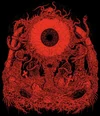








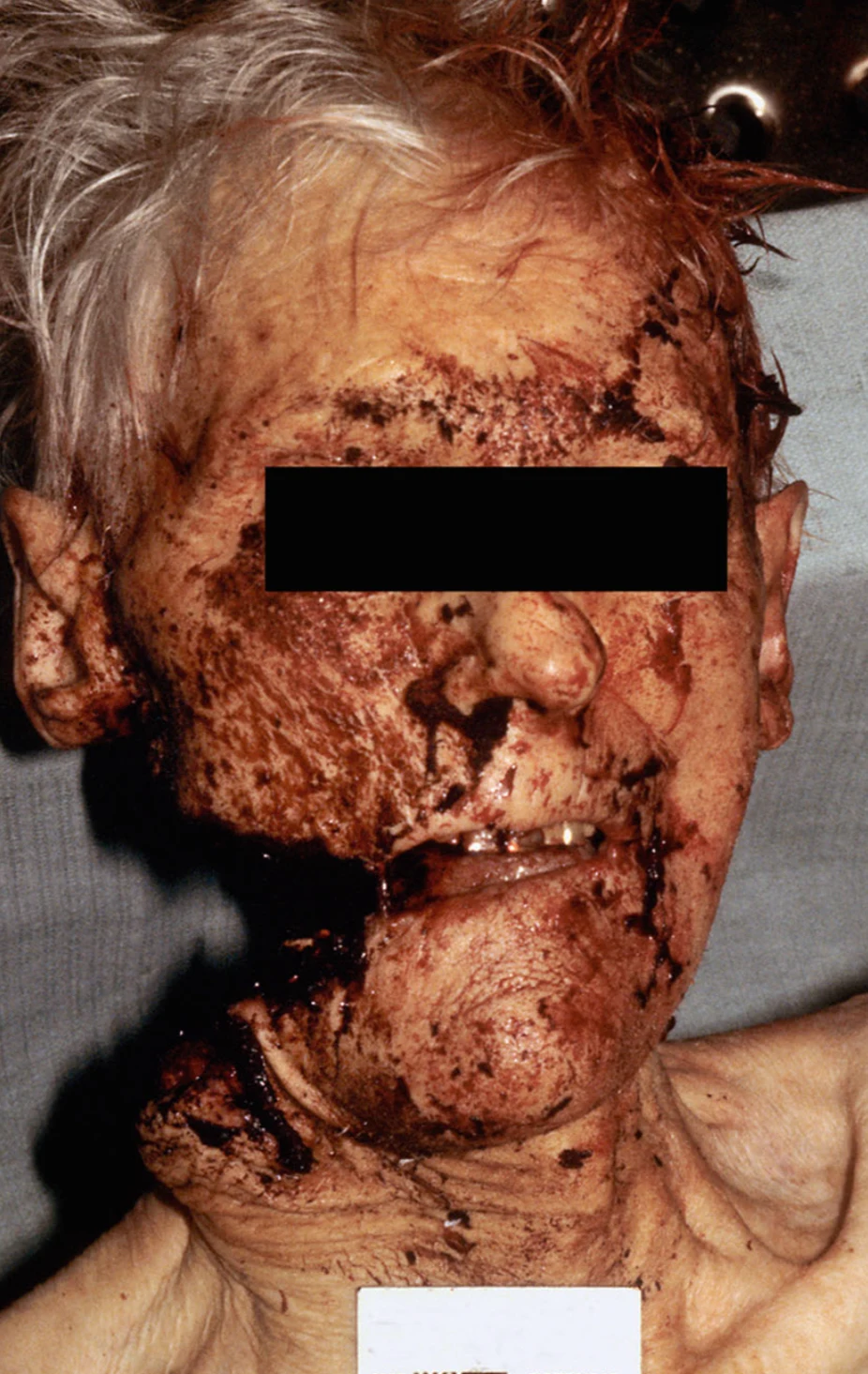
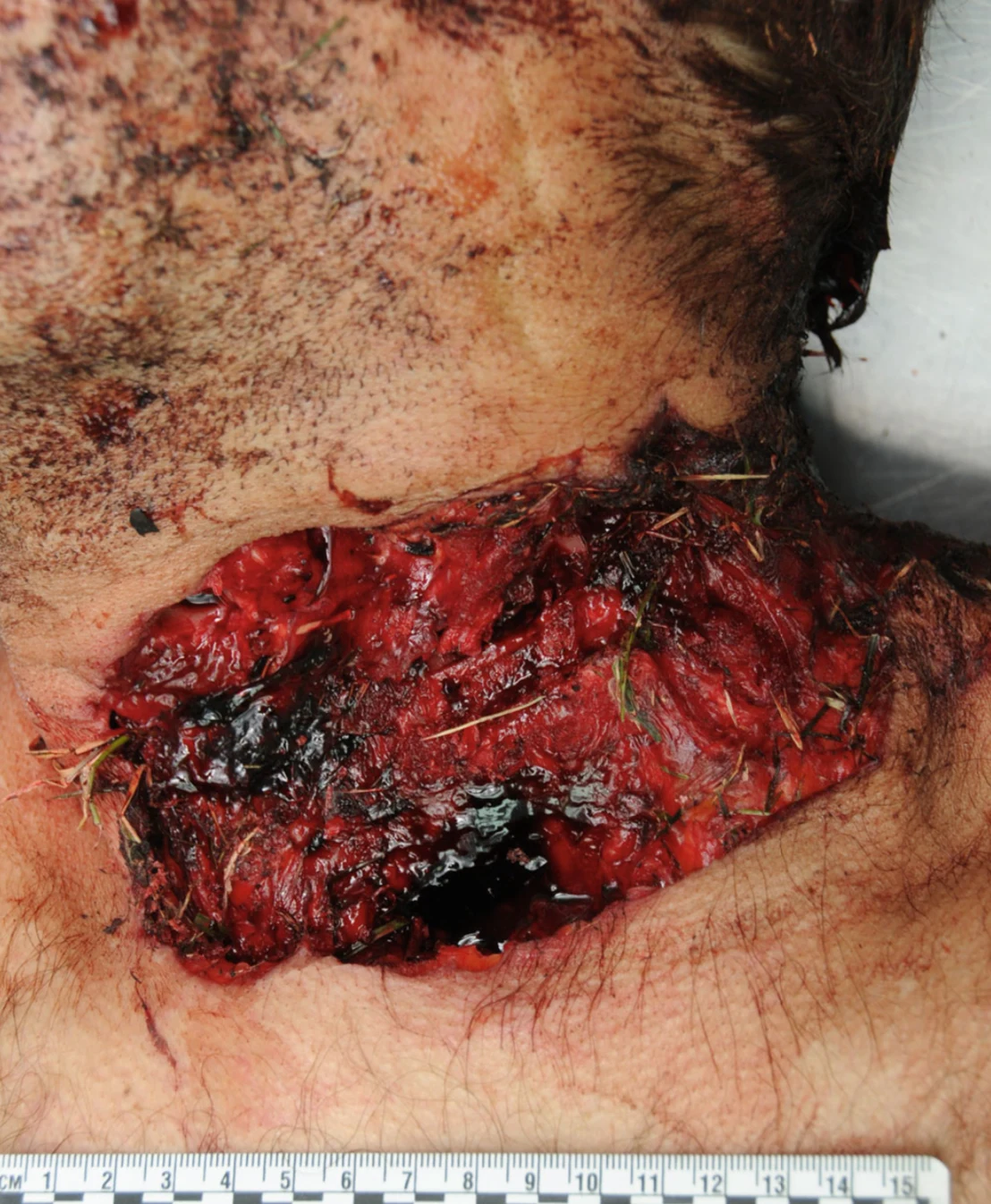
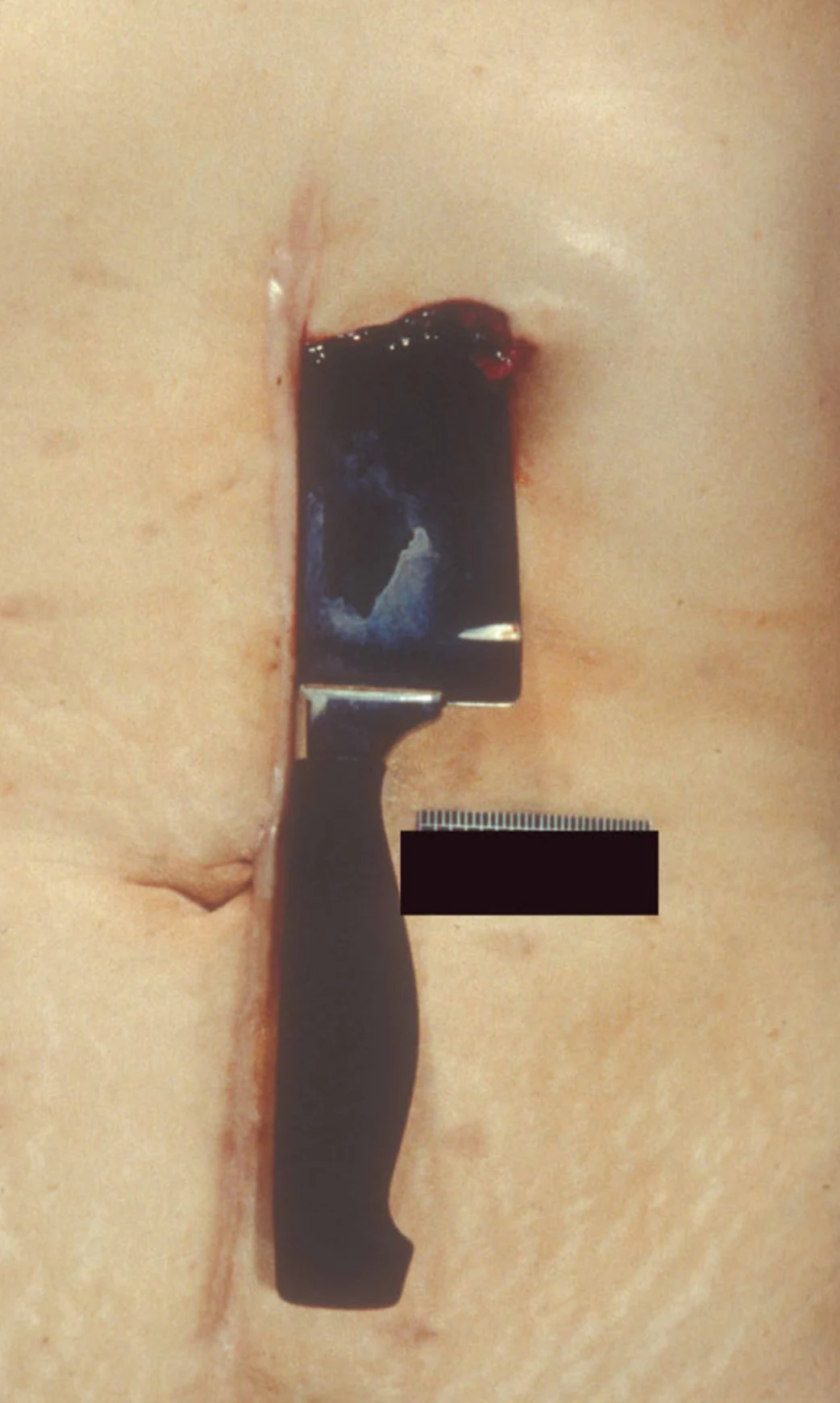

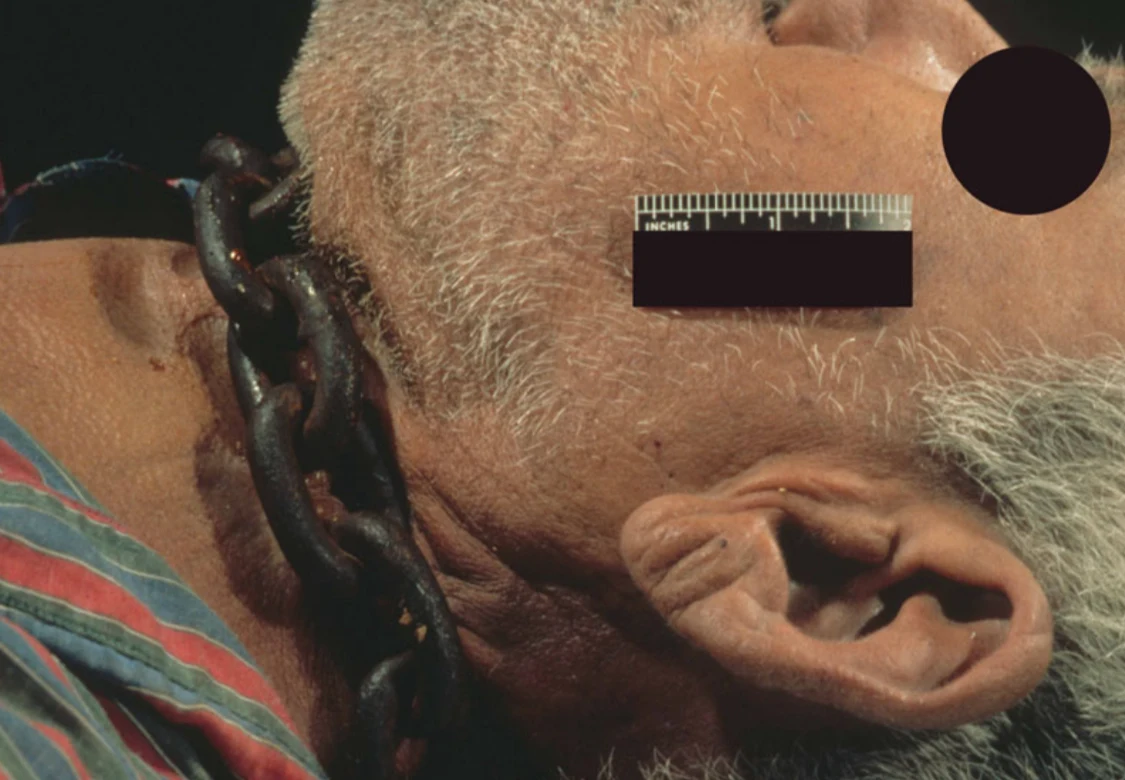
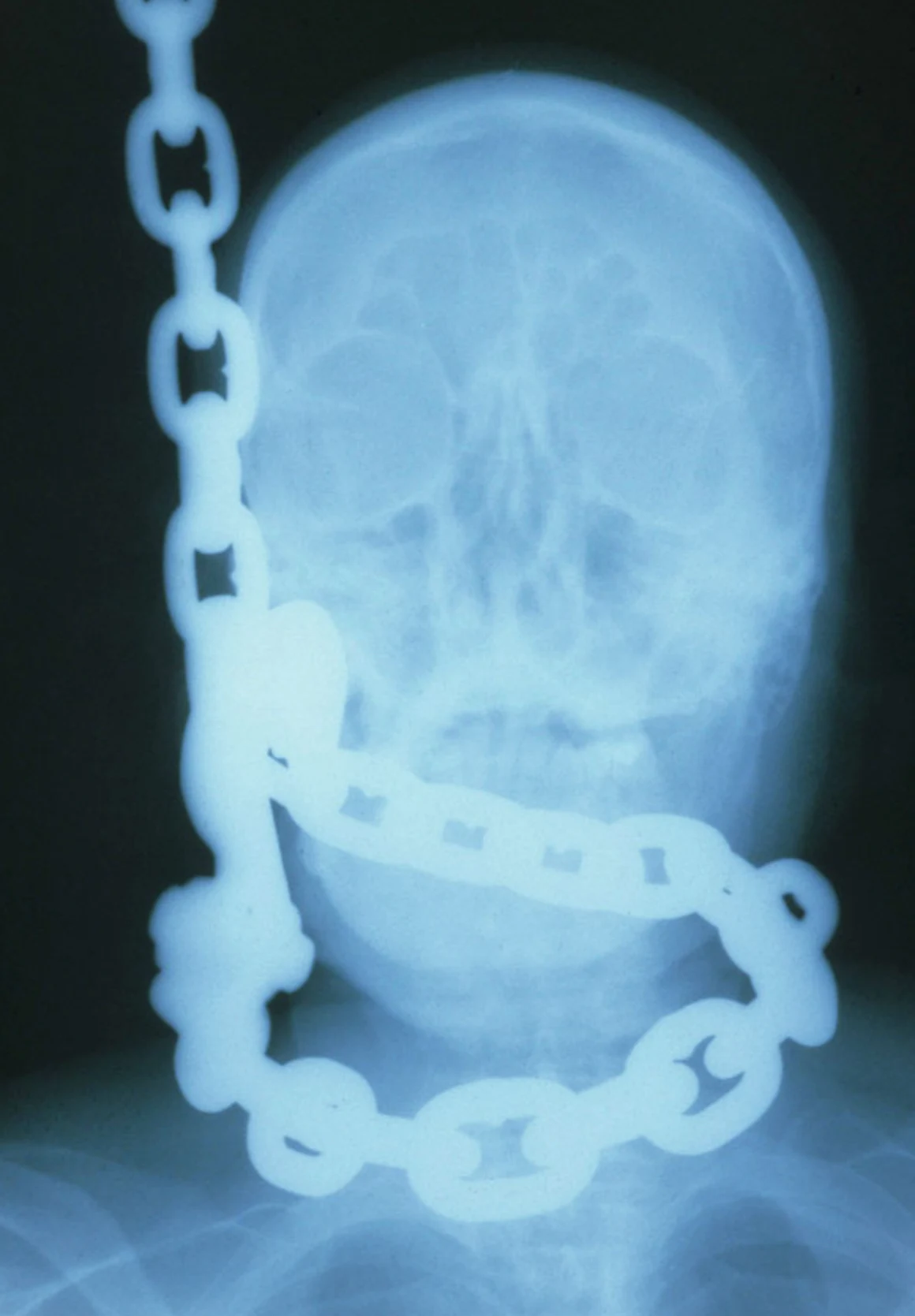
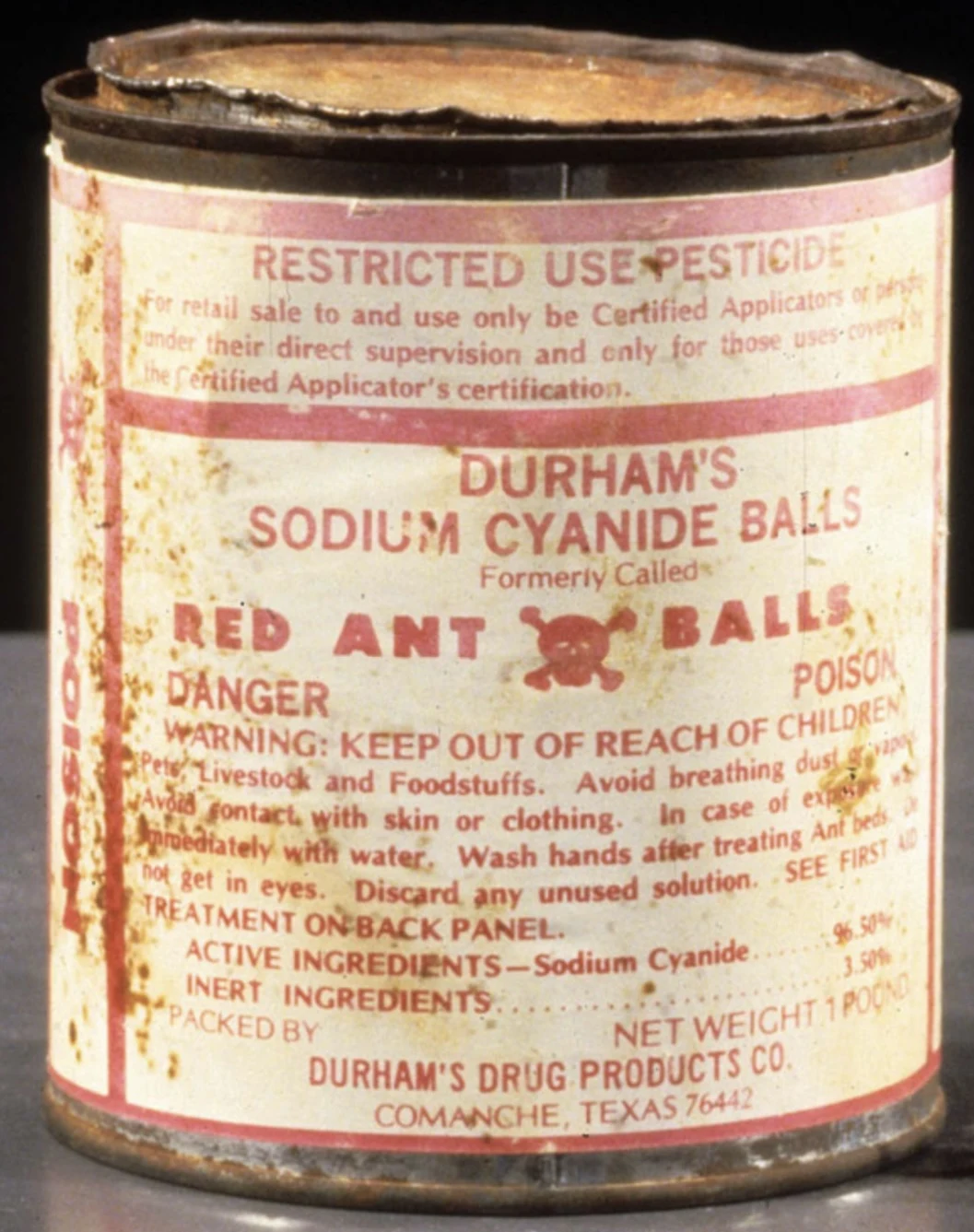
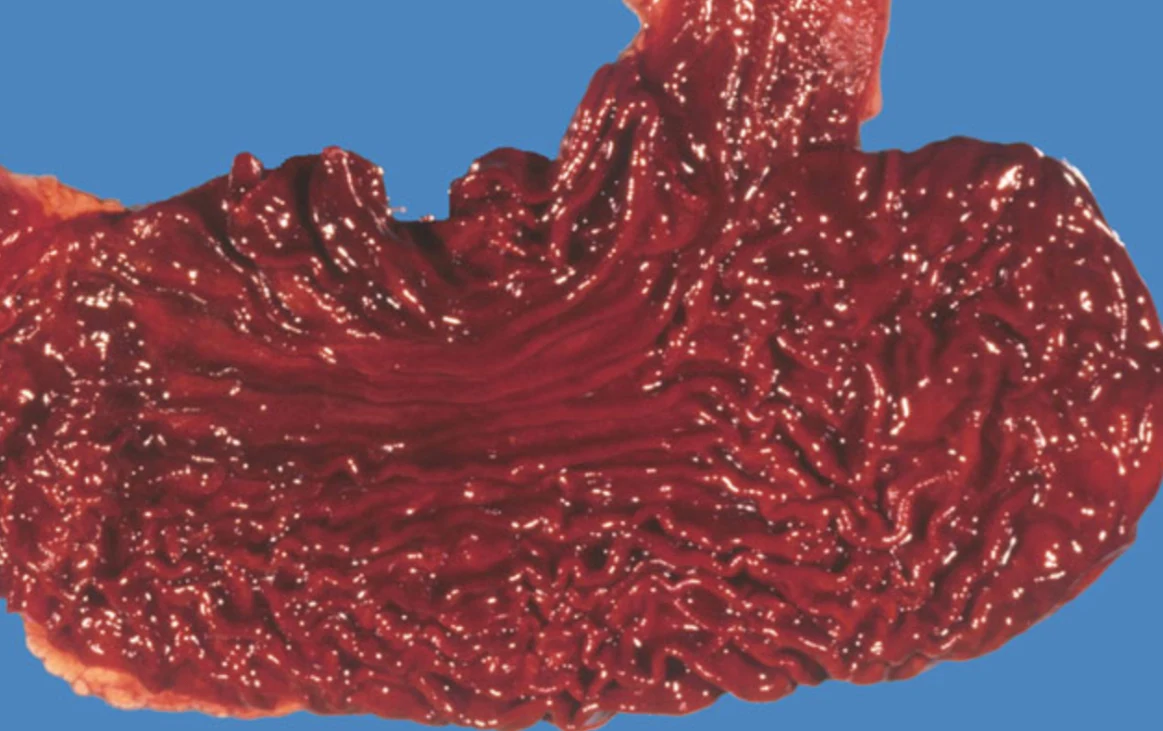

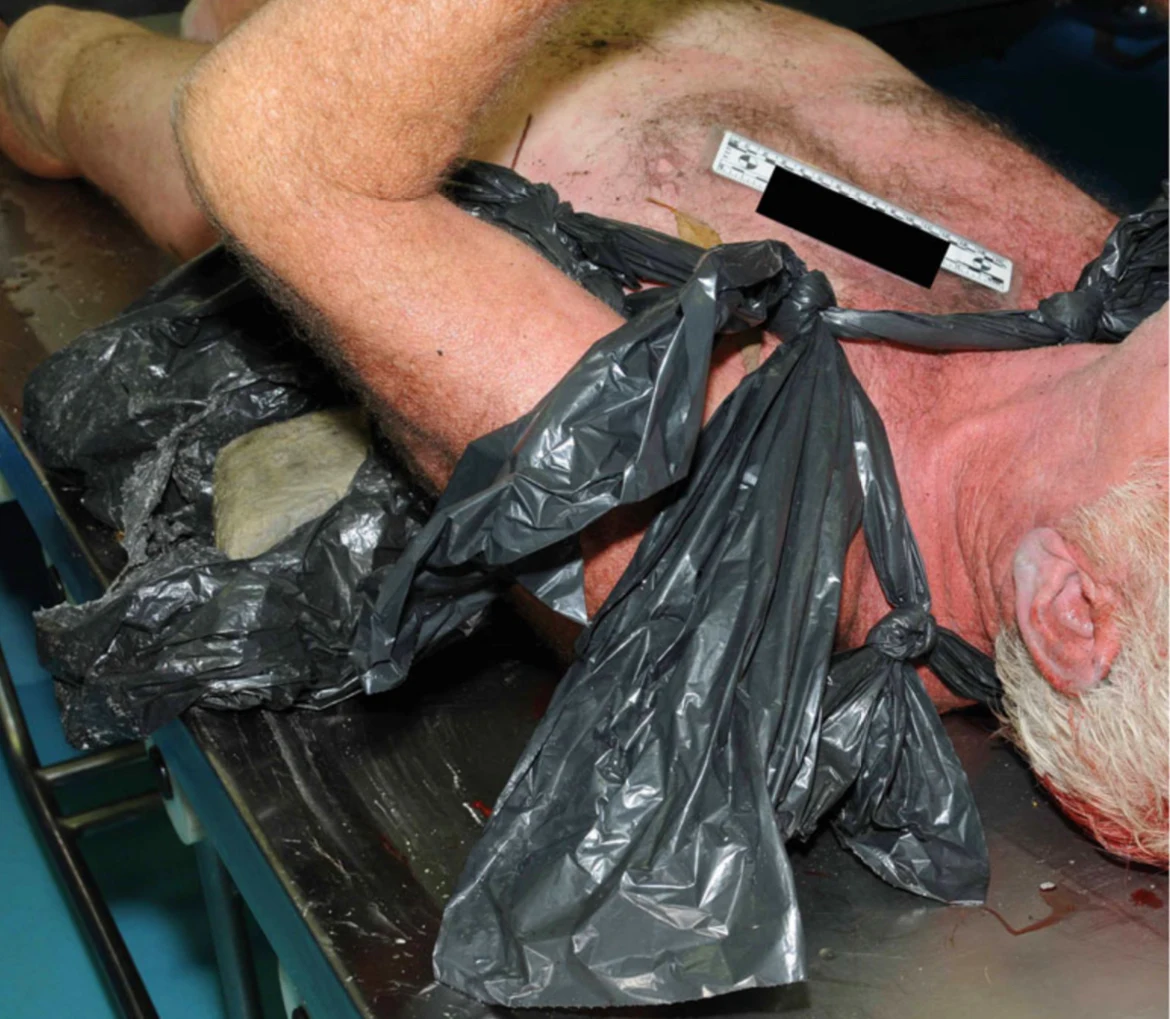


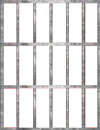








](/images/1665334439543935.webp)
](/images/16653344545257244.webp)













































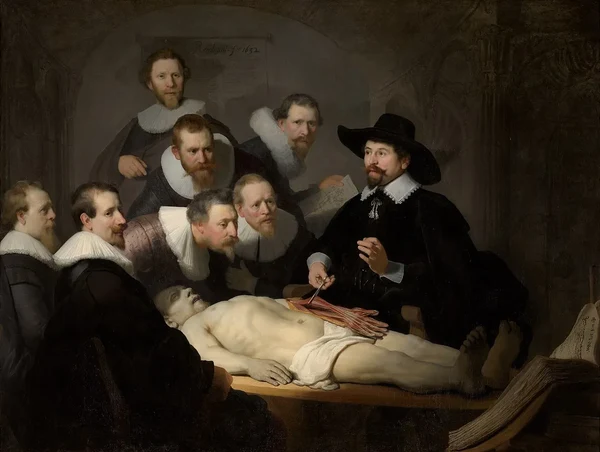

 Slavshit
Slavshit

 Sandshit
Sandshit
